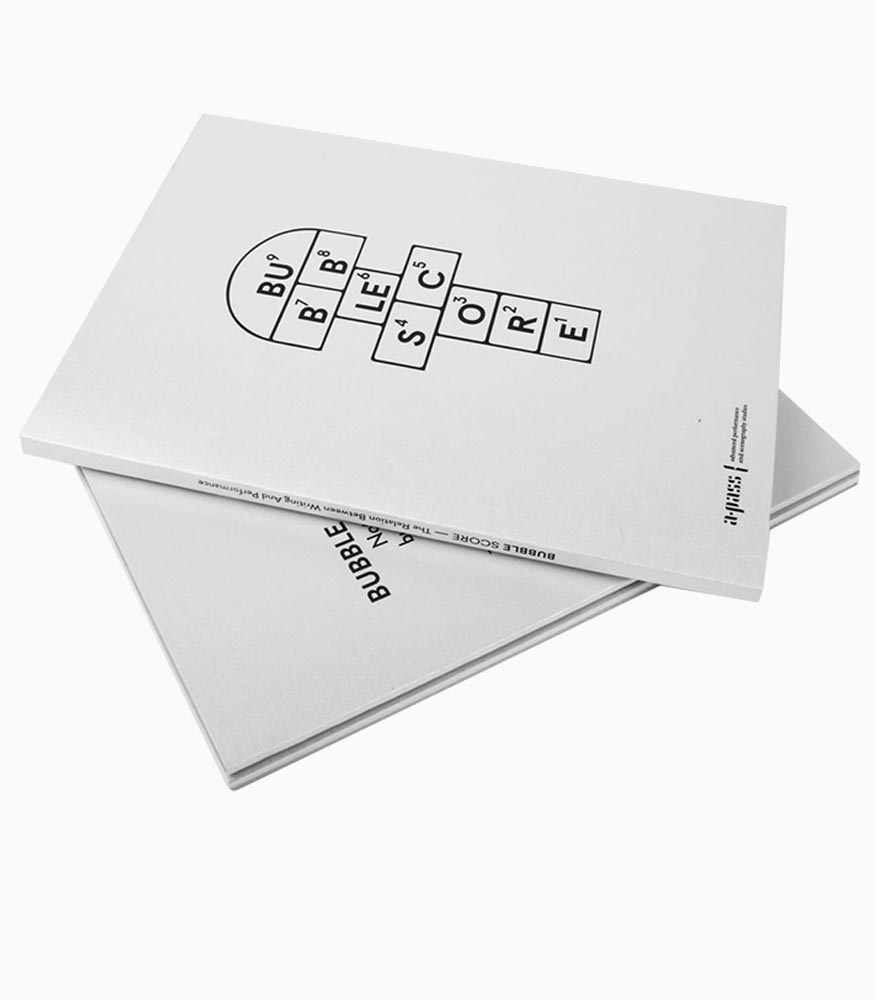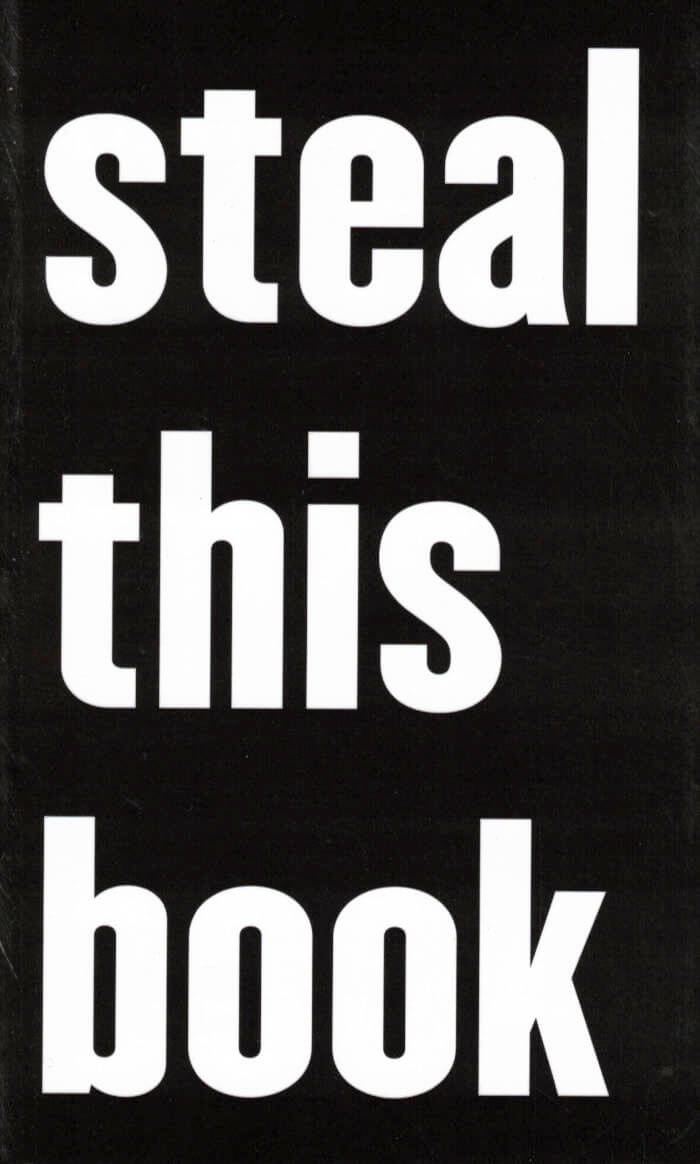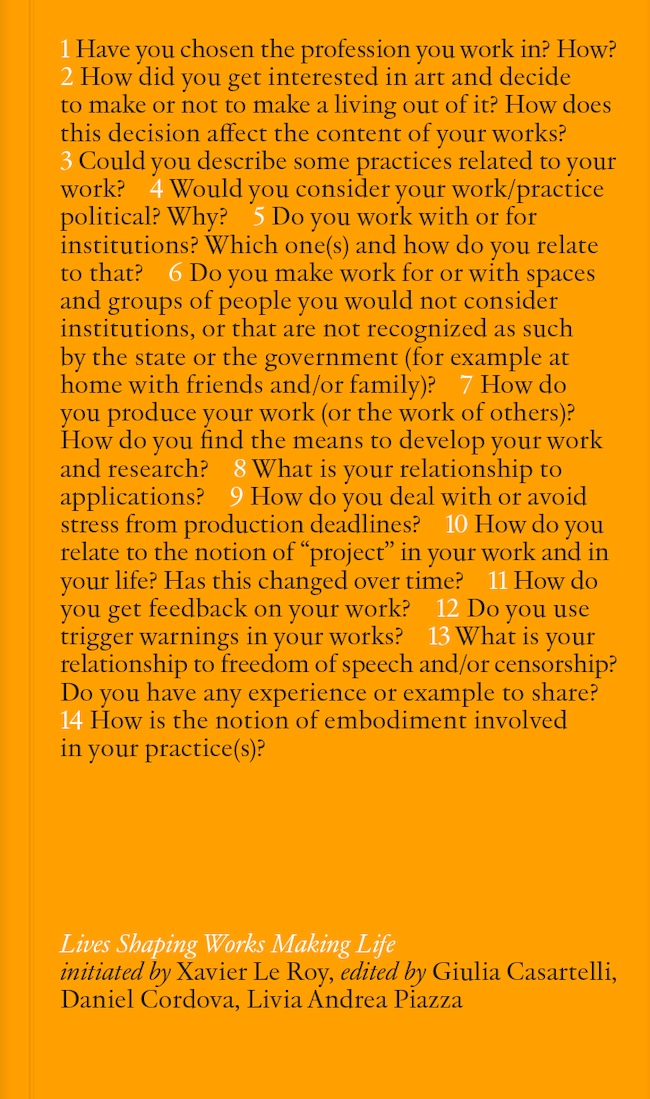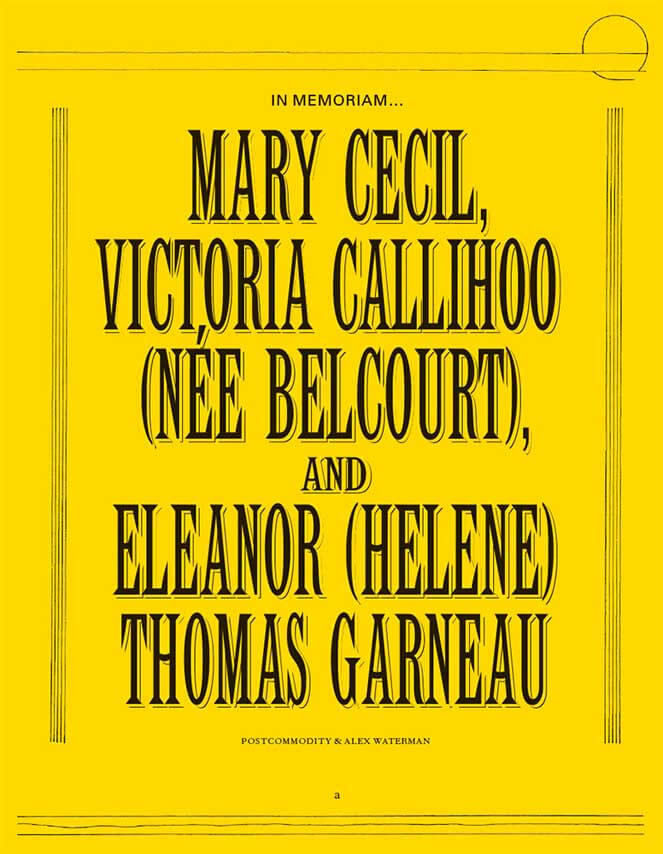
Writing Scores / Bubble Score / Perform Back Score / Scorescapes (set)
The book Writing Scores is the result of 3 months of written dialogues produced within the group of artistic researchers of a.pass during the Block I /2014 curated by Lilia Mestre. Questions on art, dreams, politics, violence, research, life, practice, bureaucracy, resistance, etcetera, … are addressed and later on re-addressed, revisited and assembled into a book with (at least) three faces…
BUBBLE SCORE – The Relation between Performance and Writing is the third book of the ScoreScapes publications series. The book contains texts by a.pass researchers, collages as well as Scores for the Reader inserted at the back of the book.
The book Perform Back Score is the result of 3 months of performed, sketched and written dialogue produced within a group of artistic researchers, each plunging into a study about the Conditions for the Emergence of Poetics. Poetics used here as ‘acts’ that transform our ways of perceiving, as situations that invite another understanding of ‘things’.
Language: English







